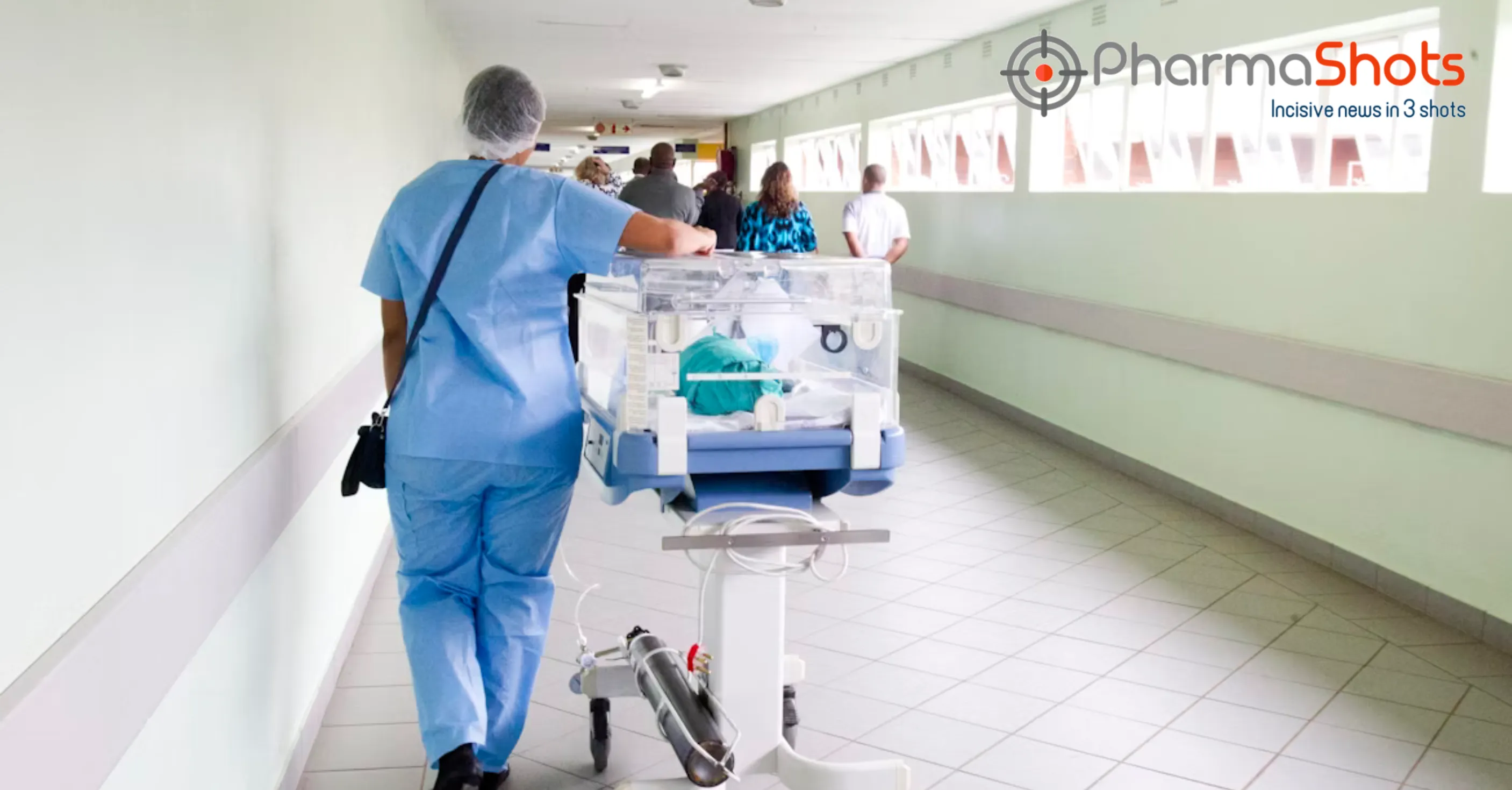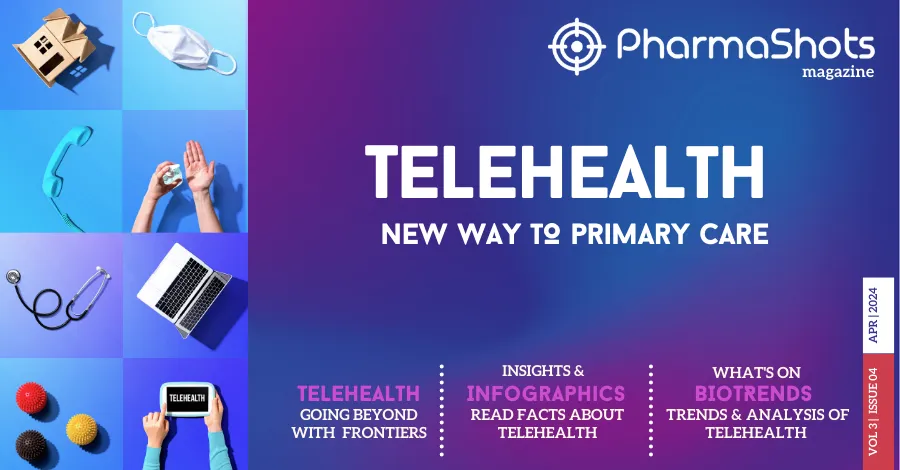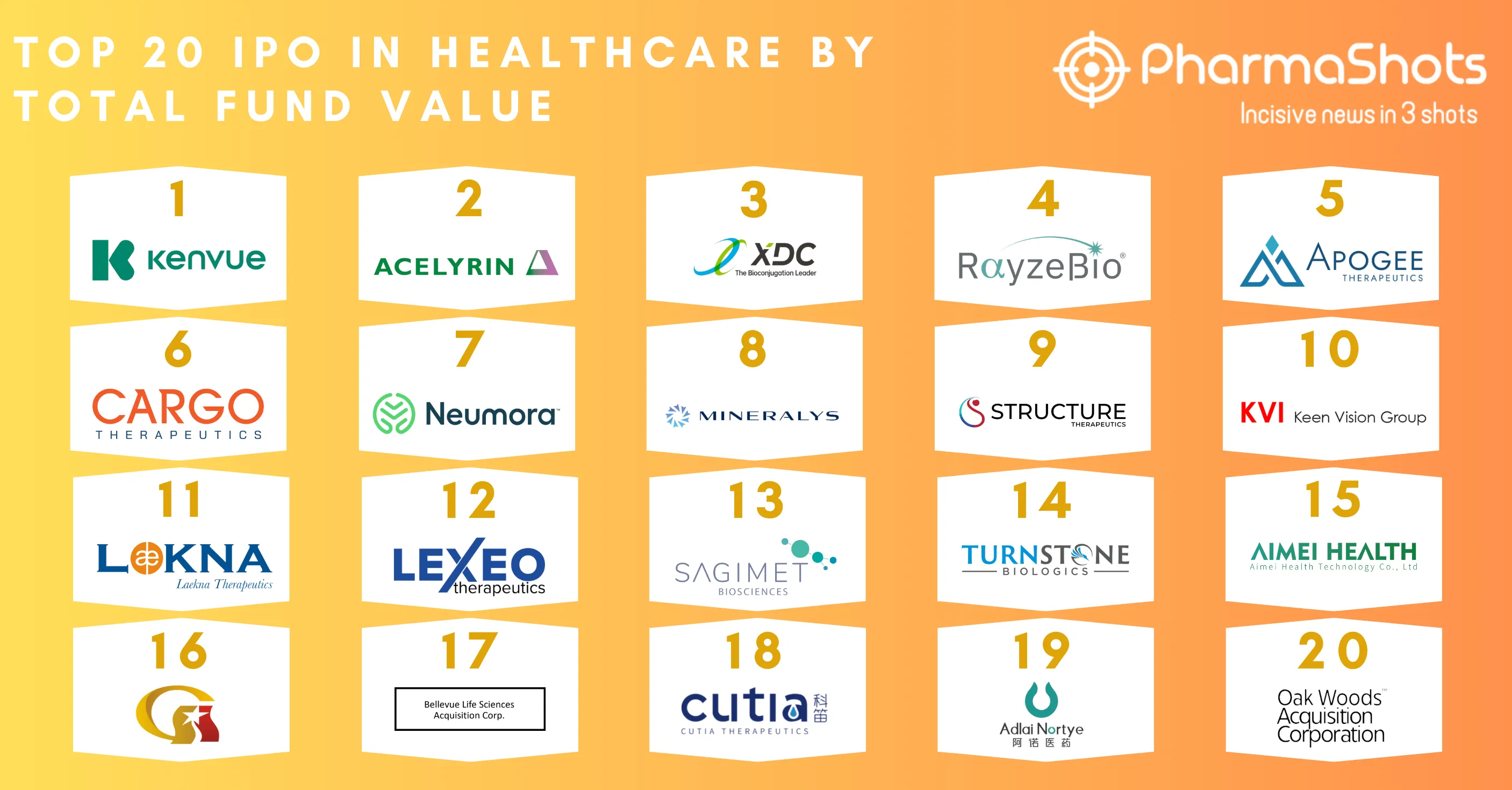
Keeping Up with Recent Diabetes Therapies (Diabetes Mellitus)
Shots:
- With an incurable nature and hefty medication costs, diabetes mellitus remains a global health concern and the seventh leading cause of death across the world. The 2021 data reflects 537M affected people, with the predominant population living in low- and middle-income countries
- Type 2 diabetes mellitus (T2DM), unlike Type 1 diabetes mellitus (T1DM) is a lifestyle-affected disease mostly seen due to a sedentary lifestyle, lack of exercise, and improperly planned diet. Diabetes mellitus is further divided into seven different categories, explained briefly in this article
- PharmaShots presents this month a detailed take on the disease, recently approved drugs, available treatment options, and key players involved in the drug development process
Technology-based healthcare products and life science innovations have contributed immensely to minimizing mortality rates. Moreover, the ceaseless trials of pharmaceutical companies in the research of drugs for several disease conditions have transformed the course of therapeutics. Most of us can concede to the fact that a better understanding of any disease, adopting preventive measures, and switching to a healthy lifestyle can mitigate the potential damage to the health of the general population. With above 537M affected adults falling in the age group of 20-79 (2021 data reported by the International Diabetes Federation), diabetes remains the seventh leading cause of death. Diabetes, aka diabetes mellitus is a condition that arises when the pancreas fails to produce enough insulin or the cells of the body do not respond to the insulin produced. The prevalence of the disease is at an all-time high in low- and middle-income countries, as compared to high-income countries. The article focuses on different types of diabetes, their symptoms, available treatment options, different ways an insulin dose is administered, and the major companies involved.
Types of Diabetes
Diabetes can be classified into nine types:
- Type 1 Diabetes Mellitus (T1DM): Earlier known as juvenile or insulin-dependent diabetes, type 1 diabetes is an autoimmune condition caused by the inability to make insulin due to the attack of T cell-mediated autoimmune that destroys beta cells, responsible for making insulin. It constitutes 5 to 10 percent of all diabetes cases
- Type 2 Diabetes Mellitus (T2DM): Accounting for 90-95 percent of diabetes mellitus cases, type 2 diabetes is characterized by less insulin secretion or the inability of the body’s cells to respond to insulin. Improper diet, stress, lack of physical activity, sedentary lifestyle, obesity, and stress are some factors that contribute immensely to type 2 diabetes
- Prediabetes: In this condition, an individual’s blood sugar levels are relatively higher than normal. Without intervention or change in lifestyle, it is likely to become type 2 diabetes within 10 years
- Gestational Diabetes: As the name suggests, this type of diabetes develops during pregnancy and usually goes away with time. Though there is a high risk of developing type 2 diabetes later in life
- Maturity-onset diabetes of the young (MODY): Also known as monogenic diabetes, it is caused due to an inherited genetic mutation that affects how the body utilizes insulin. It is an autosomal dominant disease and has a 50 percent chance of inheriting the mutation if a parent has one
- Type 3c Diabetes: It happens when there is damage to the pancreas and its ability to produce insulin is affected. Factors like pancreatectomy, pancreatic cancer, cystic fibrosis, pancreatitis, and hemochromatosis can also lead to type 3c diabetes
- Neonatal diabetes: Also known as transient neonatal diabetes mellitus. The condition occurs within the first six months of life and gradually disappears within a few months but may come back later in life
- Latent autoimmune diabetes in adults (LADA): LADA shares some similarities with type 1 diabetes, as it is also an autoimmune disease except for the fact that it develops at a much slower pace. The people diagnosed with LADA are usually over the age of 30
- Brittle Diabetes: In this type of diabetes, the patient experiences recurrent and severe episodes of high and low blood sugar levels, often leading to regular hospital visits. With a pancreas transplant, the condition can be treated permanently
How Concerning is Diabetes?
According to the WHO, diabetes contributes to 1.5M deaths every year. With the increasing mortality rate, diabetes has become a global health concern for patients, researchers, and HCPs. Currently, there is no cure for diabetes but certain insulin therapies and orally administered pills and tablets help regulate the blood sugar level aka blood glucose level to the optimum range. Moreover, the high-cost diabetes drugs keep a wide patient population aloof from it. Where the lack of awareness and education are aggravating the disease condition, the improper use of tech-based self-monitoring devices is leading to detrimental health conditions.
How Insulin Deficit Develops Diabetes?
While the reasons for T1DM insulin deficit are obvious, researchers believe the following factors responsible for insulin problems
- Genes and external environment that discourage the body to produce enough insulin to cover the glucose and sugar intake
- When the body tries to produce extra insulin to process extra blood sugar
- When the pancreas cannot cope with the increased demands and excess sugar starts circulating in the body
- Gradually, insulin gets less effective at delivering glucose to cells, leading blood sugar levels to rise
In T2DM, insulin resistance takes place gradually. Doctors often recommend patients opt for a healthy lifestyle
.png)
Symptoms of Diabetes
A person with diabetes may experience some of the following symptoms:
- Frequent urination, often at night
- Thirst
- Hunger
- Blurry vision
- Weight loss
- Numb and tingling sensation on hands and feet
- Lethargic feeling
- Dry skin
- Sores that heal slowly
- More infections than usual
What are the available treatment options for diabetes?
Diabetes mellitus is an incurable condition, though patients may undergo remission by changing their lifestyle and eating habits. The treatment options for diabetes mellitus are too diverse to cover for this article. The medication for diabetes is broadly classified, into two categories, the first category deals with orally administered drugs and the second one includes injectable medicines. For type 2 diabetes mellitus (T2DM), Metformin is prescribed as an introductory drug. Gliptins, which are Dipeptidyl peptidase-4 (DPP-4) inhibitors, are the outset of modern medications, administered when patients do not respond to metformin and sulphonylureas. When it comes to injectable medicines, insulin syringes, and insulin pens are used widely to lower blood sugar levels.
Different ways to take an insulin dose
Before we begin with the different ways to take an insulin dose to lower your blood sugar level, it is advised to seek guidance from your healthcare provider to understand the right time to take an insulin dose.
- Subcutaneous Administration: In this segment, syringes, pens, and injection ports are used to deliver insulin to the body. i-Port AdvanceTM injection port from Medtronic can be used by all age groups. It is handy and requires minimal training and most importantly, it is designed for patients with Trypanophobia
- Insulin Pump: Insulin pumps are computerized devices that maintain a continuous supply of insulin in the body. The pump dispenses insulin the same way the pancreas does in the body, with the usual dose of basal insulin throughout the day and an extra dose of bolus insulin after meals
- Insulin Inhalation: It is usually inhaled through the mouth using a special inhaler before every meal or as directed by the doctor. The fine insulin powder is inhaled and goes to the lungs, which further infuses into the blood through tiny blood vessels. It works for T1DM and T2DM. In 2014, FDA approved Afrezza, which is a rapid-acting insulin that is taken before meals
- Glucagon Administration: In case of hypoglycemia/ low blood sugar, glucagon is administered to diabetes patients
Moreover, based on the ability of insulin to infuse into the system, there are six groups or types as depicted in table 1 below.
.png)
Table 1, depicts the type of insulin in column 1 with onset, peak time, and duration showcased in column 2 and 3
Leading companies
The key players in the antidiabetic market include
- Bayer Corporation: Acarbose, an antidiabetic drug was approved by the FDA in 1999 to treat T2DM. In Europe and China, it is sold as a brand name of Glucobay, as Precose in North America, and as Prandase in Canada
- Boehringer Ingelheim: In alliance with Eli Lilly and Company, Boehringer Ingelheim developed several antidiabetic drugs such as Basaglar, Trijardy XR, Jentadueto, Jentadueto XR, Jardiance, Glyxambi, Synjardi, Synjardi XR, and Tradjenta
- Eli Lilly: Mounjaro, the first and only GIP and GLP-1 receptor agonists for the treatment of adults with T2DM got FDA approval in 2022
- Bristol-Myers Squibb: Dapagliflozin was developed by Bristol-Myers Squibb in partnership with AstraZeneca to treat type 2 diabetes. It is sold under the brand names Farxiga in the US and Forxiga in the EU. It is also used to treat adults with heart failure and chronic kidney disease
The table below depicts top selling antidiabetic drugs of all time.
.png)
Table 2: Top selling antidiabetic drugs of all time. Column 1 depicts drug name with active ingredients, condition, and company in column 2, 3, & 4
The recent FDA-approved drugs Mounjaro, Tzield, and Rezvoglar are gradually taking a firm grasp on the global market.
Apart from the antidiabetic market, MedTech companies are exploring extensively to ease the life of patients. With technology-enabled applications and innovative glucose monitoring devices, the market for such devices is everlasting.
The major companies involved in manufacturing glucose/sugar monitoring devices and therapies are
- DexCom: FDA-approved medical device Dexcom G6 allows patients to keep tabs on their blood sugar levels without finger pricks and blood draw. It comes with a sensor that is inserted under the skin
- Medtronic: Medtronic is a prominent name in the MedTech field. The company’s innovative devices are used in continuous glucose monitoring, as advanced injection ports, and insulin pumps
- Abbott: Abbot’s FreeStyle Libre 2 iOS received FDA approval for monitoring glucose levels. The sensor-based app allows patients to check their glucose levels on their phones
- Novo Nordisk: Its blockbuster drug semaglutide sold under the brand names Ozempic, Wegovy, and Rybelsus is used in the treatment of type 2 diabetes and anti-obesity medication. Novo Nordisk is looking forward to expanding its role in medical devices for monitoring diabetes
- Insulet: FDA-approved Omnipod 5 Automated Insulin delivery system monitors patients' glucose levels with a device and induces insulin automatically
- Diabeloop: Diabeloop is a French-based company that aims to improve the lives of type 1 diabetes patients
- Nemaura: Nemaura’s SugarBeat CGM is a CE-approved non-invasive continuous glucose monitoring device. It provides actionable insights with real-time glucose monitoring. It is a skin patch that draws glucose into the patch of the skin out of the interstitial fluid. Its premarket FDA application is under review
- mySugr: mySugr is a Vienna-based startup that is EU approved and its Logbook is available as an exempt device under FDA regulation. The app helps you feed your monitored glucose data, meals, and physical activity to generate daily, weekly, and monthly reports that can be further shared with your healthcare provider
- One Drop: One drop medical kit allows you to measure your blood glucose level and keep track of your insulin levels, physical activity, and meals on an app. It is both FDA and EU-approved
- BeatO Smart Glucometer: BeatO Smart glucometer is an ISO and CE-certified device. Its kit comes with lancets and test strips
Conclusions & Perspectives
With a reliable and effective glucose monitoring system, and transitioning to a healthy lifestyle, T2DM patients can mitigate its effects and lead fulfilling lives. Proper medication supplemented with routine check-ups aid diabetic patients significantly. For insulin-dependent patients, it is crucial to have training sessions on when and how to give an insulin shot. Moreover, one must also ensure that backup insulin shots are handy while traveling, at the office, in schools, and in colleges. Cutting-edge healthcare innovations are trying to ease the lives of diabetic patients with self-testing kits linked with mobile apps that share reports directly with the healthcare provider.
References
Related Post: New Initiative of the US FDA: The Role of Pharmacodynamic Biomarkers for the Development of Biosimilar
Tags

Saurabh is a Senior Content Writer at PharmaShots. He is a voracious reader and follows the recent trends and innovations of life science companies diligently. His work at PharmaShots involves writing articles, editing content, and proofreading drafts. He has a knack for writing content that covers the Biotech, MedTech, Pharmaceutical, and Healthcare sectors.













